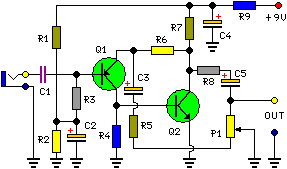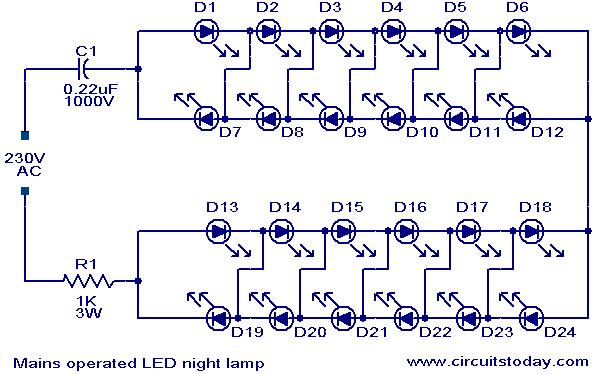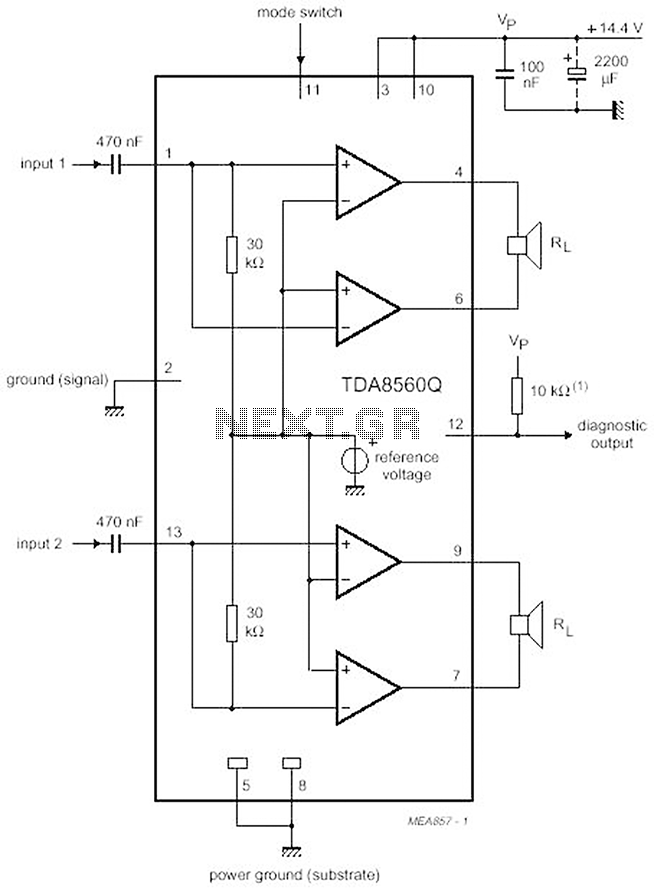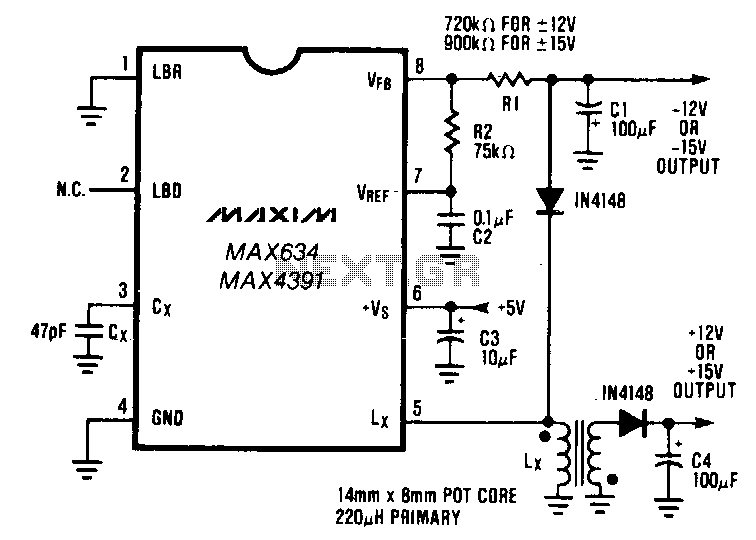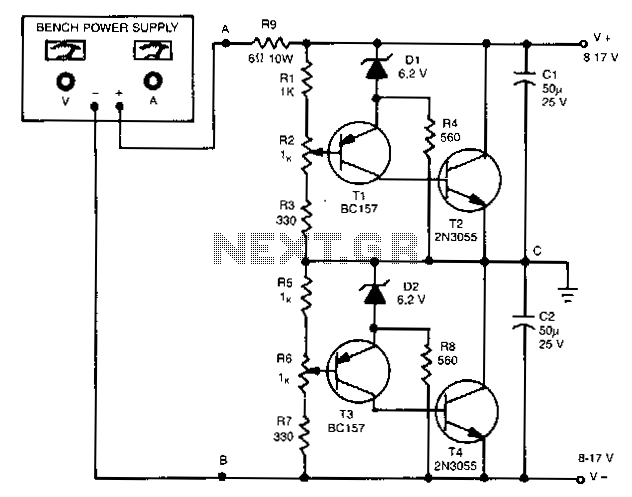
op amp summer as a digital to analog converter dac

The circuit depicted in Figure 1 is a straightforward 4-bit digital-to-analog converter (DAC). It functions as a simple operational amplifier (op-amp) summer circuit, configured to produce an output voltage that is proportional to the sum of the input voltages. This op-amp summer circuit operates as a DAC because the input voltages are binary-weighted relative to one another, as determined by the resistors (10K, 20K, 40K, 80K) connected at the inputs. The output voltage (Vo) is calculated using the formula Vo = -VRef (5K) (S3/10K + S2/20K + S1/40K + S0/80K) = -VRef (S3/2 + S2/4 + S1/8 + S0/16), where S3, S2, S1, and S0 represent the logic inputs (either `1` or `0`). The bit resolution of this DAC can be expanded by adding more switches along with their respective binary-weighted resistors to the inputs.
The described circuit utilizes an operational amplifier in a summing configuration to convert digital signals into an analog voltage. The resistors connected to the input serve to weight the binary inputs appropriately, allowing for the conversion of a 4-bit binary number into a corresponding voltage level. Specifically, the resistors are selected to provide weights that correspond to the binary values: 10K for the most significant bit (S3), 20K for the next bit (S2), 40K for the third bit (S1), and 80K for the least significant bit (S0).
The output voltage is determined by the weighted sum of these inputs, which is inverted due to the inverting configuration of the op-amp. The reference voltage (VRef) plays a crucial role in setting the maximum output voltage level. By manipulating the binary inputs, the output voltage can represent any value between 0V (when all inputs are low) and -VRef (when all inputs are high).
To extend the functionality of this DAC, additional switches and corresponding resistors can be integrated into the circuit, allowing for an increased number of bits. This scalability makes it a versatile solution for various applications in digital signal processing, where converting digital signals into analog voltages is necessary. The design emphasizes simplicity and effectiveness, making it suitable for educational purposes and practical implementations in embedded systems.The circuit shown in Figure 1 is a simple 4-bit digital-to-analog converter. It is actually just a simple op amp summer circuit, i. e. , an operational amplifier configured to output a voltage that is proportional to the sum of the input voltages. The op-amp summer circuit above works as a DAC because its input voltages are binary weighted with resp
ect to each other, as set by the resistors (10K, 20K, 40K, 80K) at the inputs. Vo = -VRef (5K) (S3/10K + S2/20K + S1/40K + S0/80K) = -VRef (S3/2 + S2/4 + S1/8 + S0/16) wherein S3, S2, S1, and S0 are the logic inputs (`1` or `0`). The number of bits of this DAC may be increased by connecting more switches with corresponding binary-weighted resistors to the inputs.
🔗 External reference
The described circuit utilizes an operational amplifier in a summing configuration to convert digital signals into an analog voltage. The resistors connected to the input serve to weight the binary inputs appropriately, allowing for the conversion of a 4-bit binary number into a corresponding voltage level. Specifically, the resistors are selected to provide weights that correspond to the binary values: 10K for the most significant bit (S3), 20K for the next bit (S2), 40K for the third bit (S1), and 80K for the least significant bit (S0).
The output voltage is determined by the weighted sum of these inputs, which is inverted due to the inverting configuration of the op-amp. The reference voltage (VRef) plays a crucial role in setting the maximum output voltage level. By manipulating the binary inputs, the output voltage can represent any value between 0V (when all inputs are low) and -VRef (when all inputs are high).
To extend the functionality of this DAC, additional switches and corresponding resistors can be integrated into the circuit, allowing for an increased number of bits. This scalability makes it a versatile solution for various applications in digital signal processing, where converting digital signals into analog voltages is necessary. The design emphasizes simplicity and effectiveness, making it suitable for educational purposes and practical implementations in embedded systems.The circuit shown in Figure 1 is a simple 4-bit digital-to-analog converter. It is actually just a simple op amp summer circuit, i. e. , an operational amplifier configured to output a voltage that is proportional to the sum of the input voltages. The op-amp summer circuit above works as a DAC because its input voltages are binary weighted with resp
ect to each other, as set by the resistors (10K, 20K, 40K, 80K) at the inputs. Vo = -VRef (5K) (S3/10K + S2/20K + S1/40K + S0/80K) = -VRef (S3/2 + S2/4 + S1/8 + S0/16) wherein S3, S2, S1, and S0 are the logic inputs (`1` or `0`). The number of bits of this DAC may be increased by connecting more switches with corresponding binary-weighted resistors to the inputs.
🔗 External reference
